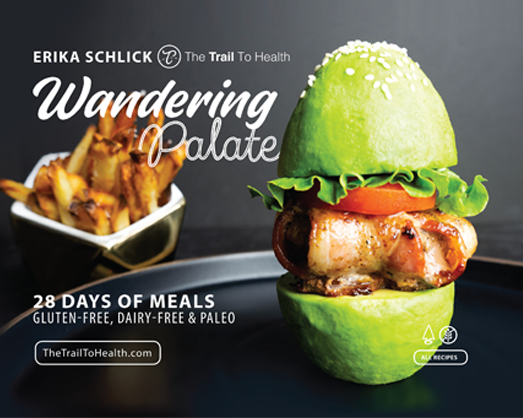Why Your Dog Should Eat Grain Free Too
/It’s no secret that our dogs are our best friends. When it comes to diets, shouldn’t theirs be as important as ours? The bottom line is that whether we have two legs or four, food is fuel. For decades, dog food was stuffed with harsh fillers like corn and wheat. This led to the alternative options of grain-free dog food. However, there’s been a lot of buzz circulating about grain-free diets being bad for dogs. Let’s bust these misconceptions and myths and get to the bones of why a grain free diet is the healthiest diet for dogs, and exactly what your dogs shouldn’t be eating.
Because it’s not as simple as buying gluten and grain-free dog food. Let’s dive to the bottom of the dog bowl and hash out the top reasons why your dog should also eat grain free.
What You Need To Know About Grain-Free Dog Food
First up, let’s myth bust the idea that a grain-free diet is bad for your furry friend. The reason why people think this is because many leading dog-food manufacturers are stuffing grain-free dog food with legumes. In theory, legumes seem harmless. In reality, they are way too harsh for your BFF’s digestive system. The FDA actually launched an investigation into grain-free dog food, but research concluded that there’s no proof to link grain-free dog food to canine heart disease. The real danger and reason for the FDA alert relates to how legumes and chickpeas may cause heart problems for your pup. Not ok!
Rather than throw grain-free dog food off the table, it’s crucial to research with an investigative eye before implementing a new diet for your dog. When in doubt, it’s best to stay away from grains, corn and wheat. So, we’ve established that legumes are bad, but it’s also important to acknowledge how bad fillers are, too and why grain-free is the best diet for dogs.
Why Grains Are Bad For Dogs
Fillers like corn and wheat are simply too harsh for dogs to digest due to their sensitive digestive systems. They simply can’t break down or metabolize grain fillers. Over time this can lead to inflammatory disorders, leaky gut and weight gain. Let’s rule out grains and legumes and get to the best types of grain-free dog food.
Benefits of Grain-Free Dog Food
Most grain-free dog foods have higher amounts of protein and good fats, with less carbs and zero grain fillers. Ingredients primarily consist of vegetables, proteins and animal fats. This combo invites many health benefits for your four legged friend. Grain-free dog food gives your dog more energy, a healthier and shinier coat, helps them stay fuller longer and minimizes shedding.
However, it’s important to do your research and buy the right kind of grain-free dog food that isn’t stuffed with legumes and fillers, which causes more gas and pain for your pup. If you decide to switch things up, be sure to introduce grain-free food slowly as it’ll take a slight adjustment for your pup’s tummy.
Ultimately, our pups are family. We want them to live long, healthy and fulfilling lives which is precisely why eating a healthy diet free of grains, fillers and legumes is vital. With the right food, your pup will be healthy, happy and read to play for hours. Now, make sure you’re eating a grain-free diet too so you can keep up! I’ve got you and your pup covered with delicious, easy-to-cook grain free recipes in my cookbook, Wandering Palate.
About Me:
I am an IIN Certified Health Coach helping people heal from Lyme, Mold and Autoimmune Disease. Learn more about my journey and how we can work together.
You can follow my journey on Facebook and Instagram.
Disclaimer:
This post may contain affiliate links. I may earn a small commission from purchases made through them, at no additional cost to you, which helps keep this content free. I only promote products I trust and use myself. Please see Disclosure Policy for more details.




















